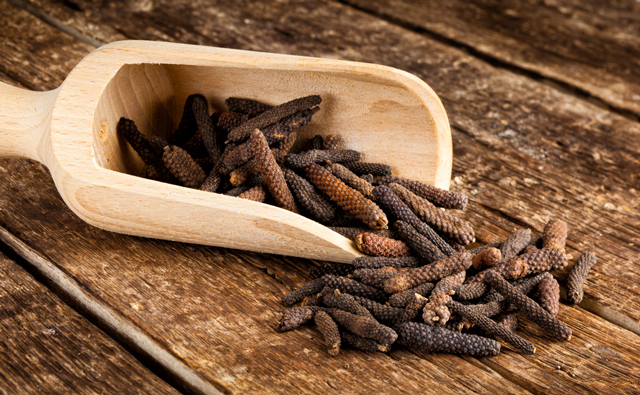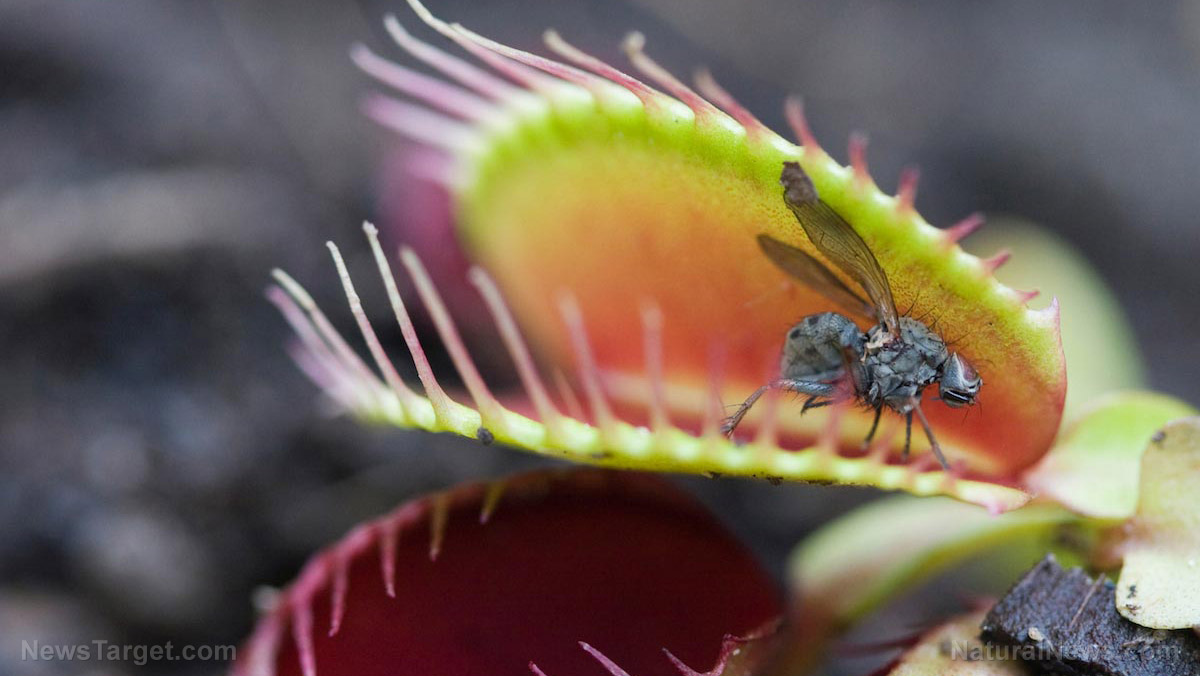Thunderstruck: Peruvian dig uncovers Incan child sacrifice victims said to be struck by lightning
09/10/2020 / By Arsenio Toledo

Research conducted on the practices of the ancient Inca Empire in South America found that they used to sacrifice children to their gods by placing them on top of mountains where they would die by being struck by lightning.
The experts who studied this phenomenon believed that children were selected by their communities due to their perceived “purity.” This made them the best sacrifices for their gods. Children were brought in from all over the empire to shrines on mountains and volcanoes. They were placed on specially designated stone platforms, where they would await their fate.
If the children were struck by lightning, then that meant that the gods favored the child and accepted the sacrifice. The children would supposedly go on to become intermediaries between heaven and earth, and would supposedly help persuade the gods to make specific decisions regarding the future of the Incan empire. (Related: Mass grave discovered in Peru: Hundreds of children and animals were sacrificed in the 15th century.)
Marks on children’s bodies strongly suggest they were struck by lightning
In order to come to their conclusions, the researchers, Dagmara Socha, bio-archaeologist at the University of Warsaw, and her colleague, Rudi Chavez Perea, director of the Museum of Andean Sanctuaries in the Catholic University of Santa Maria in Arequipa, Peru, examined the remains of six child sacrifices who were discovered on Mounts Ampato and Pichu Pichu, two volcanoes in southern Peru.
The remains, some of which have been almost perfectly preserved for 500 years, were reexamined using non-destructive analysis methods such as X-rays, isotope analysis and 3D modeling in order to find out if they had signs of lightning strikes on their bodies.
To their surprise, many of the remains had burn marks on their soft tissue as well as their clothing. While this alone does not indicate that the child sacrifices were struck by lightning, the stone platforms where the children were laid to be hit by thunderbolts also showed signs of being repeatedly struck. Even the soil around the platform had become crystallized from lightning strikes.
Children were sedated before they were sacrificed
Thanks to their research, Socha and Perea were able to learn more about the children that were sacrificed. For example, with the help of previous research, the archaeologists believe that the child victims were chosen several years in advance in order to “fatten them up” for the sacrifice.
This evidence can be seen in one of the remains, dubbed “Lightning Girl” by the scientists that discovered her. She had a deliberately elongated head, a common practice at the time, and her tooth enamel structure showed distinct irregularities that indicated that she may have experienced an extreme amount of stress at one point in her life.
“I suppose it was then that the girl was taken away from her parents and brought to Cuzco, the capital of the Inca empire, where the girl was being prepared for three years to be sacrificed at the top of the volcano,” said Socha, hypothesizing on Lightning Girl’s backstory.
Isotope analysis conducted on Lightning Girl’s hair supports this theory, as it indicates that the children were fed copious amounts of alcohol and coca plants – from which cocaine is derived – before they were sacrificed. Current research believes that this was done to sedate the children.
In fact, one of the other child victims, known as the “Llullaillaco Maiden” – named after the mountain, which straddles the border between Chile and Argentina, where she was discovered – had a lump of chewed coca leaves in her mouth.
Socha and Perea plan to conduct more research. They want to study the teeth and mouths of the children in order to get a better understanding of their diets and where they came from. This, they believe, will help them better understand their tragically short lives.
To learn more fascinating accounts from the real history of different civilizations across the world, check out the articles at RealHistory.news.
Sources include:
Tagged Under: Ancient civilizations, ancient cultures, ancient history, ancient Peru, ancient world, Archaeology, child murder, child sacrifice, culture, discoveries, Human sacrifice, Inca, Incan Empire, lightning, lightning strike, Peru, real history, research, South America, weird history
RECENT NEWS & ARTICLES
COPYRIGHT © 2017 RESEARCH NEWS




















